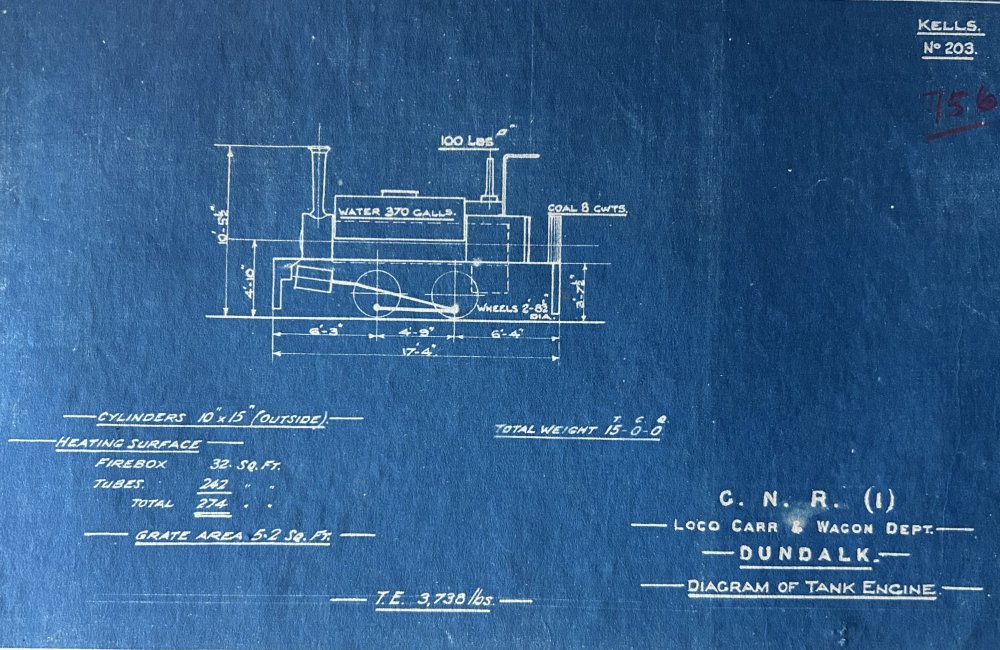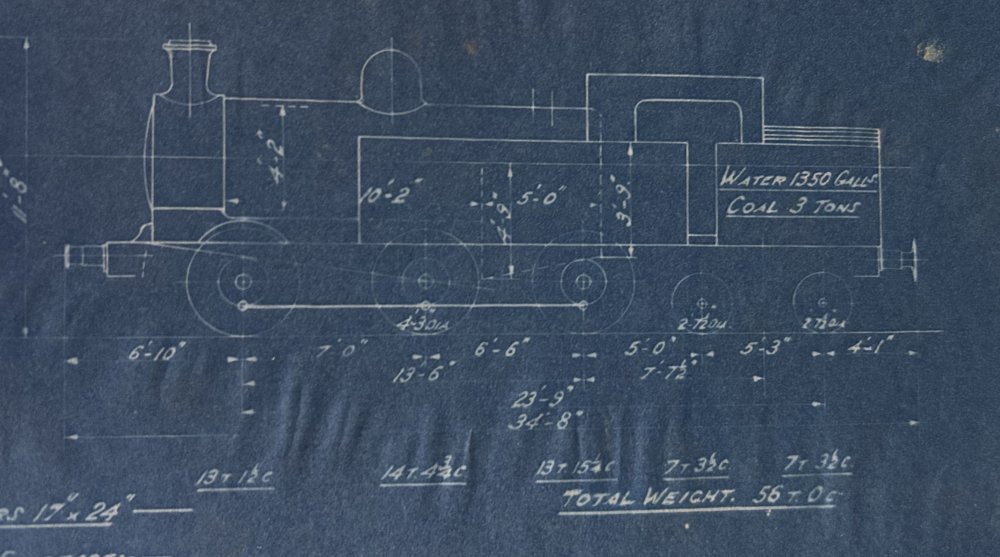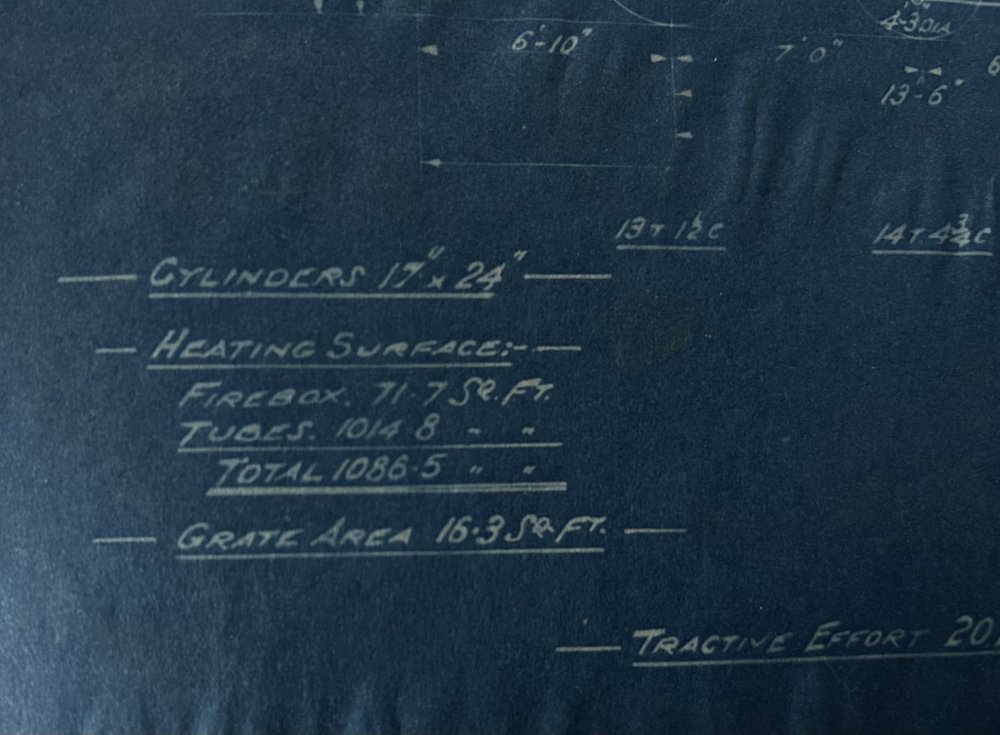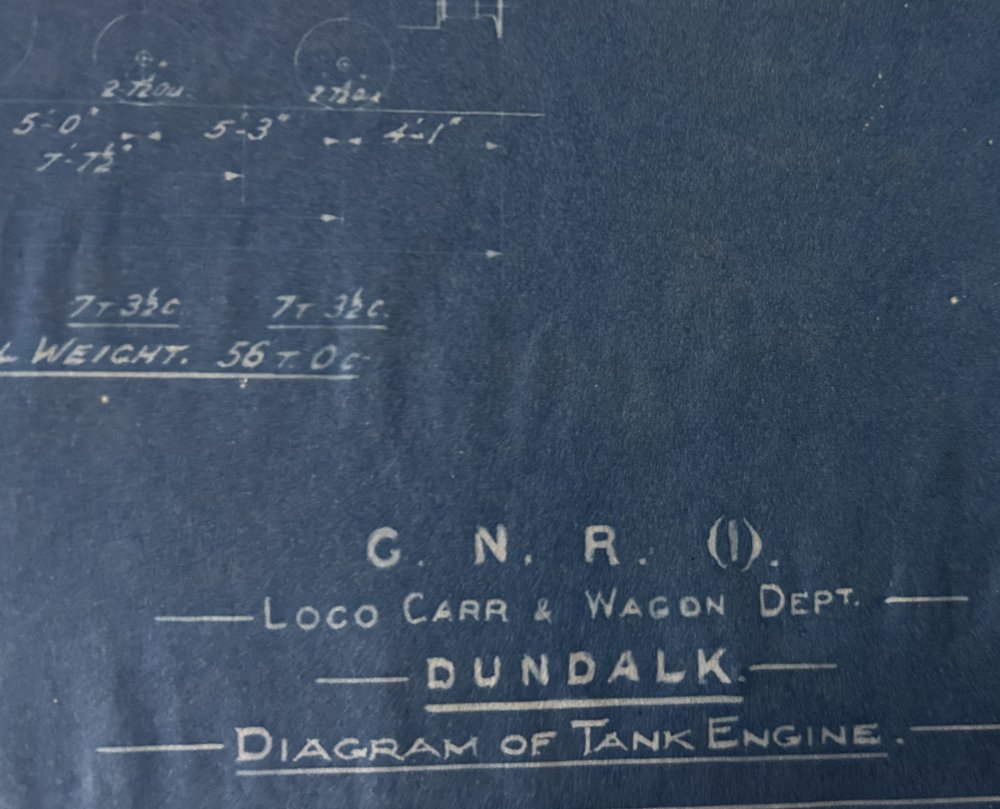-
Posts
15,851 -
Joined
-
Last visited
-
Days Won
393
Content Type
Profiles
Forums
Events
Gallery
Everything posted by jhb171achill
-
Metro Dublin metro procurement to begin this year
jhb171achill replied to spudfan's topic in What's happening on the network?
Woooohooooo!!!! Roll on the opening in 3012! -
GSWR Carriage No.69 - Restoration update
jhb171achill replied to Niles's topic in What's happening on the network?
S U P E R B! -
Even I would have to find a reason to have one appear in 1960 West Kerry at Dugort Harbour! A joint GAA / Time Machine special train?
-
Interesting one, never heard of those. If so, could be for luggage. Where did these terminate? As Mayner says, it wouldn’t have been Ballinacourty. Kilmacthomas?
-
Hunslet.
-
True indeed, but why the bogie van behind the locos?
-
Couldn’t make out the livery. A van like the one behind the loco would primarily have worked in mail trains, rented to carry the like. You’d hardly get it in a special. Therefore, I’d say it’s exceptionally unlikely this is anywhere near Dungarvan. It’ll be a Dublin - Waterford, or Waterford - Dublin train.
-
If you call to the Malahide Fry museum some time when we’re both free, I’ll get anything you want out of the display cabinet so you can inspect / measure / photograph it.
-
Left to right - 32XX series brake genny standard, converted from early (pre-laminate) 1951-3 CIE side corridor coaching stock in 1977. One is preserved at Downpatrick - 3223. Next, a Park Royal. Next two are late 1950s laminates. Next looks to me (as far as my eyes can make out!) like a 1953-ish CIE standard. Next to the locos, a TPO. So is the train at Dungarvan? That line was closed to passengers in 1967, so with a coach like that (left) it can't be the Rosslare Express. Could it be an IRRS special? If so, I have no recollection of a double-headed one on that line....... and, an IRRS train wouldn't have a TPO! More likely, it could be a Waterford / Dublin train, heading to (or from) Kilkenny, some time 1977-80-ish. Looks like 461 or 462, so a K2 class 2.6.0.
-
Ah - just looked lighter in the pic! Always better to see things face to face! Good luck - watching this with interest!
-
Absolutely superb. I could have written that post word for word - you've hit the nail firmly on the head. That's a great job with that Worsley coach above - what was the donor? If I can EVER get the time, I'd like to be doing something like that too. Very interested to see how this will progress. As for resemblance, those LNWR types had different panelling to anything here, especially the very distinctive styles of Inchicore and Broadstone, but some of them have roof and sode profiles, and window spacings, which look sufficiently MGWR-esque to pass muster under the 2ft rule; the above included. While MGWR bogies were gone by the late 60s, with all surviving wooden stock by then being ex-GSWR, there were significant numbers of them still in use in the 1950s, and many even made it into black'n'tan. I've seen a picture somewhere, probably in the IRRS, of a spotlessly newly-painted black'n'tan MGWR bogie side corridor main line coach. Black and tan on a Midland coach looks plain odd, and it didn't suit their panelling style at all, but there it was. I see you're using the post-1955 green - that will make the lining a whole lot simpler, and if you're short of "flying snails", no worries - while the earlier dark green had snails on everything without fail, in the later livery some stock had snails and some didn't! Bit like steam loco tenders........
-
Well, it IS electric, I suppose...................!!
-
IRCH standard goods vans - wooden framed variant
jhb171achill replied to Mol_PMB's topic in General Chat
Not always! Same as the nameplates…. I suspect the above might have been a one-off, as Melvin didn’t…. This is MIGHTY stuff, Mol! -
Yes, tis a pity!
-
And now here’s one for yiz. GNR No. 203, not known to have hauled the Enterprise, Bundoran Express, or Foyle Road goods…. It was owned by contractor Robert Worthington & Co, who bought it for building the Castleblayney, Keady & Armagh Railway. The GNR acquired it - though the purpose remains unknown - once that line was finished. It seemingly was little used and had been disposed of by 1930. It was by some way the smallest loco the GNR ever possessed. Its official number was probably never carried - though years later a different loco took on No. 203, of course.
-
-
Superb model, and one Mr. Bird will be proud to call home!
-
Irish Railway News ‘Enterprise Watch’
jhb171achill replied to IrishTrainScenes's topic in General Chat
I'm in the car till further notice, by the looks of it! -
Doubtless an antidote to the "twalf"!
-
3ft gauge steam at the giants causeway railway
jhb171achill replied to Jamie Davis's topic in General Chat
No idea. -
3ft gauge steam at the giants causeway railway
jhb171achill replied to Jamie Davis's topic in General Chat
I had never heard of this place! Fascinating - thanks for enlightening us! -
A Gem of a Discovery at Kells, Co. Kerry
jhb171achill replied to Patrick Davey's topic in Photos & Videos of the Prototype
Complete with a framed photo of a GNR engine! Wonder how that got there......Interesting to see it all re-panelled - obviously being looked after well. -
3ft gauge steam at the giants causeway railway
jhb171achill replied to Jamie Davis's topic in General Chat
Latest info I have, and of only a couple of months ago, is that having failed to sell them, they would still open to an offer, but as mentioned elsewhere they want silly money. They won't get it unless they find a wealthy 3ft gauge in England; a species unknown to exist (don't say "what about Southwold"; it is responsibly run and even if they HAD silly money (which they don't) they would not yield to an "offer" like that). Meantime, they intend to store them, oiled and protected, until or unless someone with a bigger wallet than brain happens along; they will thankfully not allow them to deteriorate. Both would be relatively easy to put back into traffic, mshould they or another buyer want to do so. -
Cattle class, surely?
-
Not that I know of, Josh, but I’ll have a look. There were many different variants, and many were altered (sometimes more than once) during their lives…
.png.c363cdf5c3fb7955cd92a55eb6dbbae0.png)









